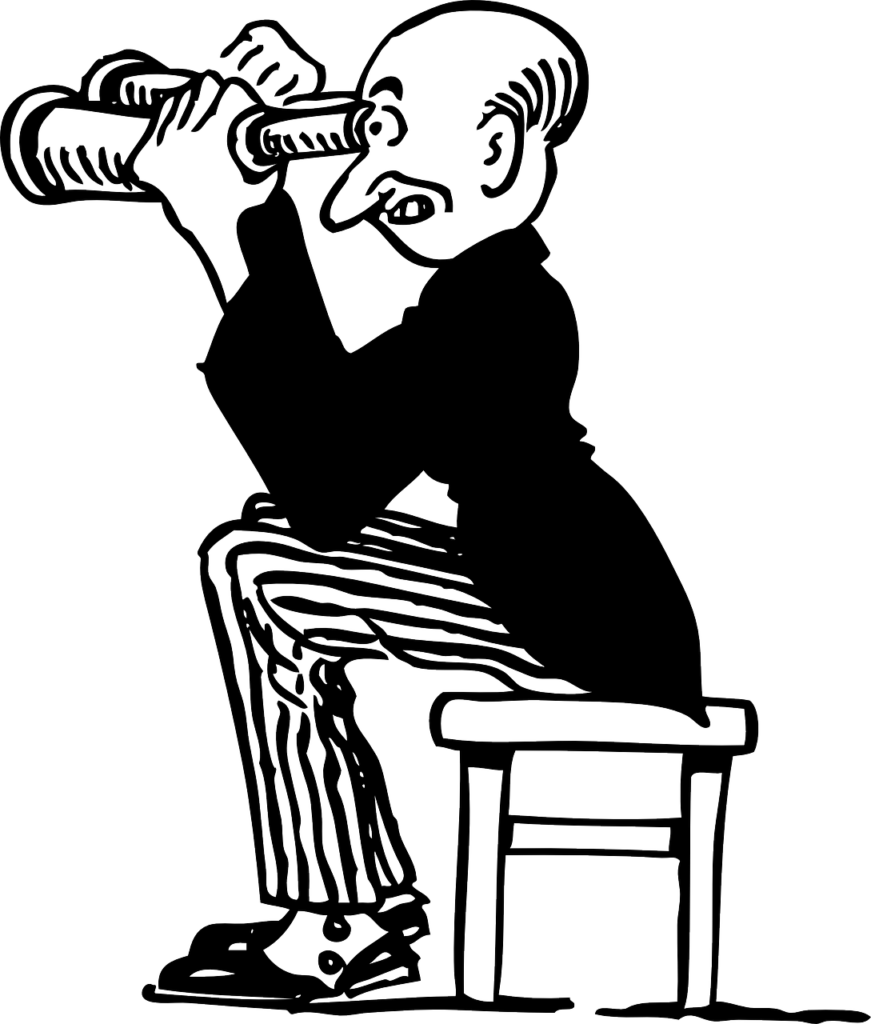It is common to feel that our vigilance and anticipatory anxiety is what keeps us safe. But safe from what? The “danger” that we feel is actually the anxiety itself which has activated our fight or flight response, so we have the feeling we are in danger. Our body gives us sensations that our mind associates with fear and danger, and our nervous system reacts as though we are in actual danger. We’re not.
That is the crazy bluff of anxiety. We fear more anxiety being triggered, so we anxiously stay vigilant, trying to anticipate and intercept any triggers that might happen. Anxiety makes us feel like we are in danger, and then convinces us that “it” is what is keeping us safe. It is playing both sides of the game. Anxiety is acting both as the scary monster, and as the savior. It is the arsonist who claims to be the firefighter.
Why our Vigilance is Pointless
Our vigilance, our anticipatory anxiety, is not necessary to keep us safe, because we aren’t actually in danger. It just feels like we are because our autonomous “fight or flight” nervous system has been activated, and we are getting the symptoms of fear/anxiety. We react to these sensations of fear with more fear (second fear), further activating our autonomous nervous system.
Putting this another way, being vigilant gives us the sense we are doing everything we can to stay safe from the dreaded anxiety. But at the same time, it makes us anxious, creating the sense we are constantly in danger.

We have a number of these triggers that we fear – either situations, topics or comments that seem to be guaranteed to cause a strong anxious reaction in us. We also have the mistaken belief (or perhaps more accurately hope) that if we see these triggers early enough we might be able to avoid them. Or perhaps if we could just catch them before they affect us, we could prevent or reduce our anxious reaction.
Of course, this never works. But lacking an alternative plan, we still try to avoid or anticipate our triggers. The vigilance required for this, however, raises our general anxiety levels, and contributes to our anxious state. And since we still get hit by the triggers, we experience the anticipation anxiety, the stress of being constantly vigilant, AND the anxiety we were hoping to avoid in the first place.
This is one of the mechanisms that makes our anxiety happen, and poses a challenge when we attempt to recover from the anxiety state. It is the primary cause of 24/7 anxiety or generalized anxiety.
The Challenge to Our Recovery
In spite of the obvious failure of our anticipation and vigilance in preventing anxiety, we still nurture the belief that it is necessary to keep us safe. We remain constantly anxious in anticipation of being triggered unexpectedly and a need to feel prepared for that. Our anxiety radar remains energized at all times.
Clearly when we embark on our recovery journey, and apply the Acceptance Method to our anxiety, one of the directives is to sag our body, and stay in the present moment. To do this effectively, we must cease being vigilant. The goal is not to prevent or avoid anxiety, but to learn how to face and accept it. We practice to become OK with feeling anxious.
But we find that giving up our vigilance about anxiety triggers is not easy. We feel like we are letting our guard down, and that this places us in danger of being hit by something awful. If we suffer from panic attacks, it can seem like we are inviting one to catch us off-guard. Of course, the knowledge that being vigilant has never prevented a panic attack does not seem to reduce our belief that vigilance is necessary to keep us safe.
In a strange way our anticipatory anxiety reassures us we are doing everything we can to prevent being triggered. We become so used to being “on guard” for danger that when we experience some peace, we feel vulnerable to being triggered again, and slip back into a state of vigilance. The challenge here is to learn to face and accept feeling vulnerable, without reverting back to vigilance and anticipatory anxiety.
The belief that our vigilance is keeping us safe, and the anxiety we feel when we try to give up the vigilance, is a barrier to recovery. It is related to the idea that surrendering to our anxiety will allow it to overwhelm and destroy us. None of this is true, but nonetheless it gets in the way of our attempts to face and accept our anxiety.
Clearly, as long as we believe that being anxiously vigilant is what keeps us safe, it will be difficult for us to give up the “security blanket” of anxiety.
How We Give Up our Vigilance
As always, there are two stages to recovery. First, we need to gain an understanding of our condition to remove the bewilderment. And second, we must apply the principles of Acceptance and practice them consistently over time to change the way in which we think about anxiety and respond to it.
There has been much written in my book and website to explain how anxiety works, that it is in fact a bluff, and that we are not actually in danger. The difficulty accepting this arises because even when we logically understand we’re not in danger, our feelings of anxiety still give us the subconscious message that we ARE in danger.
So, we have to practice letting go and surrendering and giving up this vigilance, and become comfortable with the feeling of vulnerability that ensues. We can give up this vigilance despite the fact that we feel like we are in danger (we are not). We need to reassure ourselves of that.
It is safe to let go.
It’s safe to surrender.
It is safe to stop being vigilant.







